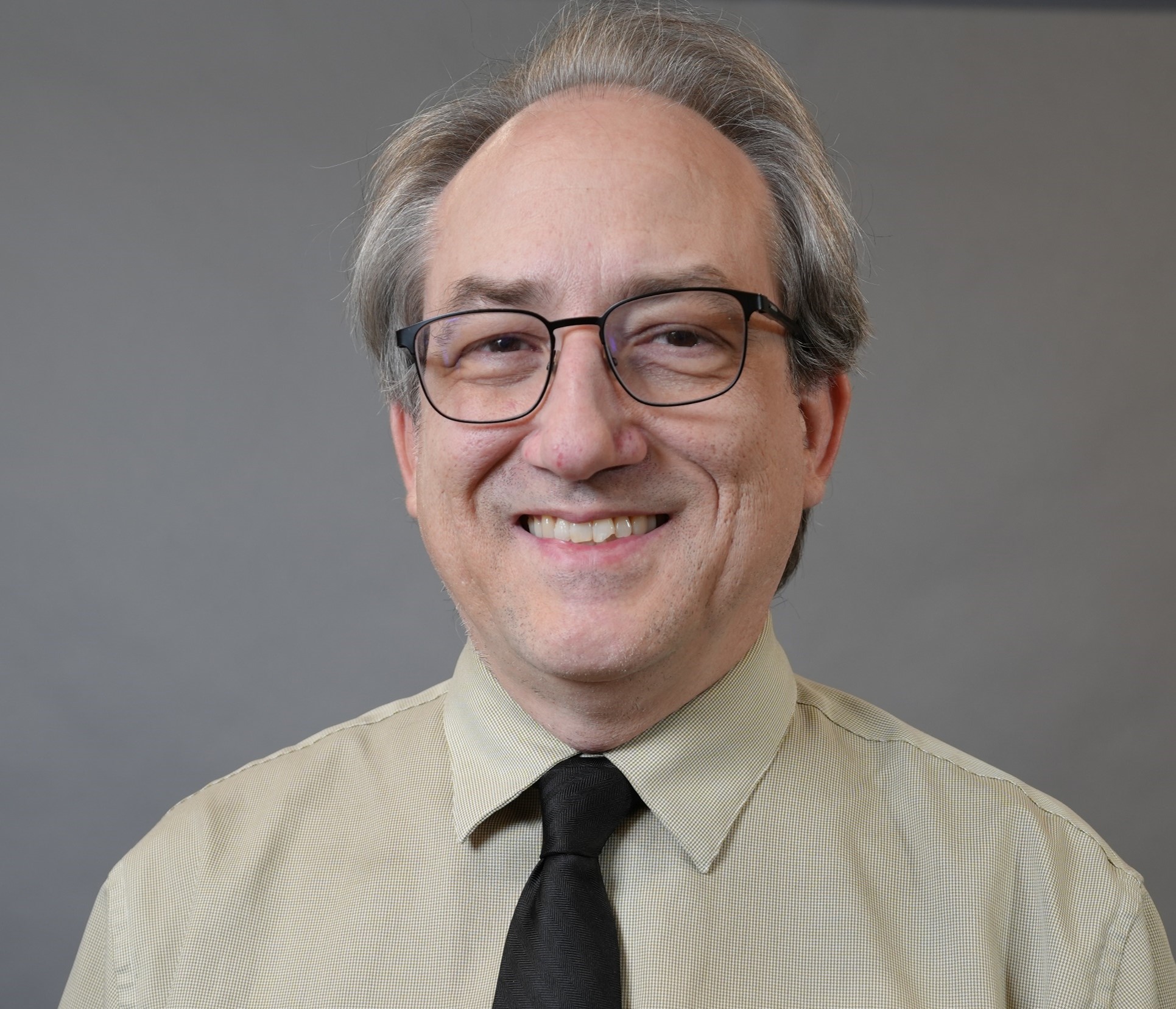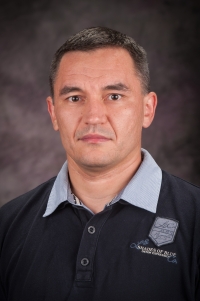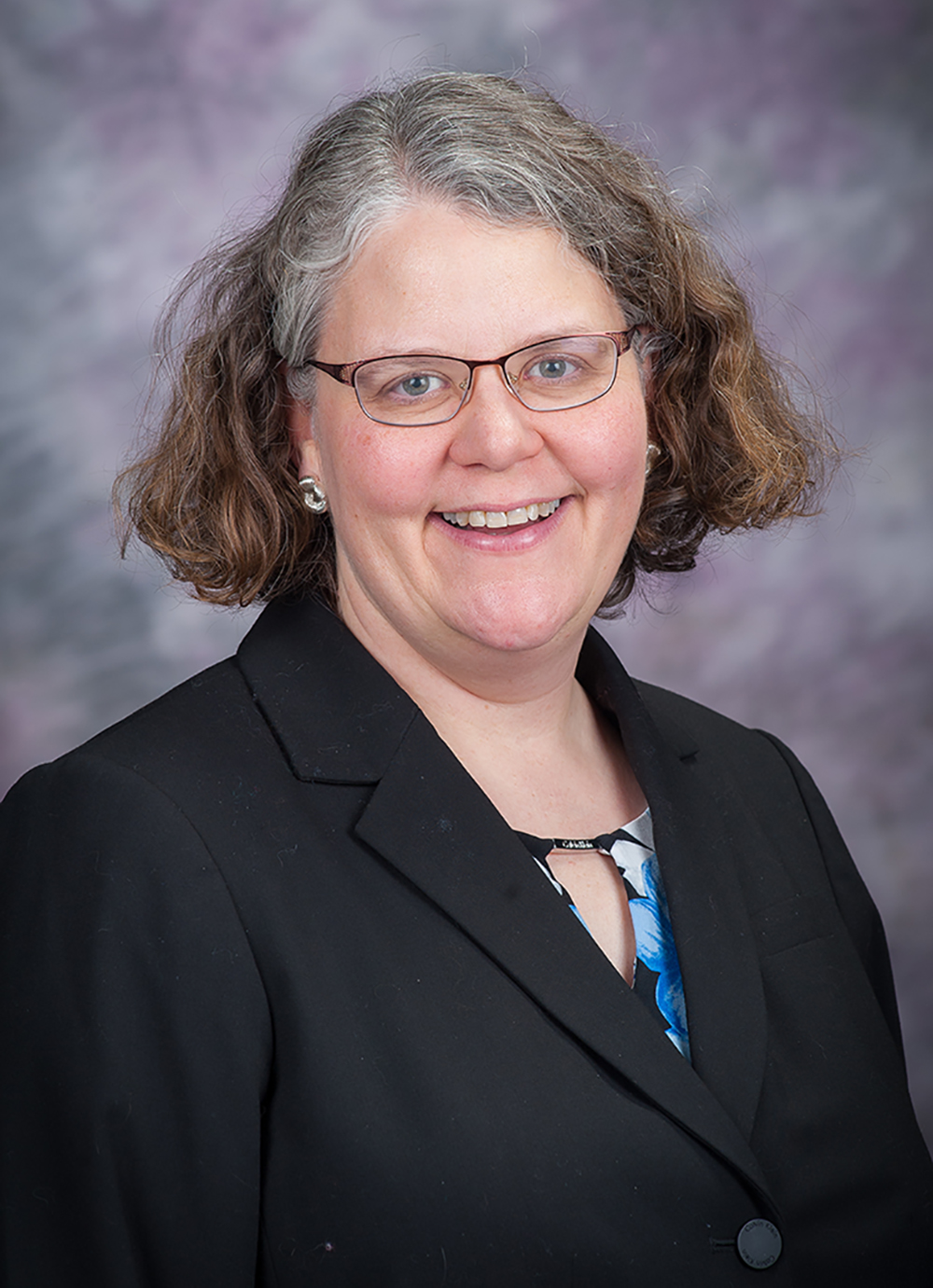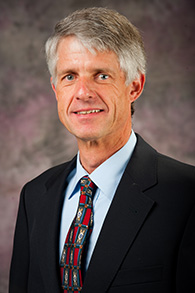NSF REU at K-State: Interactions of Matter, Light and Learning
The K-State REU program offers summer fellowships to do world-class research in our friendly physics department in the scenic Flinthills. We are funded by the National Science Foundation.
Atomic, Molecular & Optical Physics (AMO)
Dr. Kristan Corwin and Dr. Brian Washburn: Acetylene spectroscopy in hollow fiber
Our group has expertise in using molecular absorption lines as frequency references in the near IR. By placing molecular gasses in hollow optical fiber, portable and robust frequency references can be made and characterized.
Email: corwin@phys.ksu.edu or washburn@phys.ksu.edu
|
|

|
| Kristan Corwin | Brian Washburn |
Project 1: Acetylene spectroscopy in hollow fiber
Acetylene is a particularly convenient gas for these studies, because its absorption spectrum overlaps the optical telecommunications band and it has strong absorption features that are well-characterized.
Currently we are limited in our ability to sweep a tunable fiber laser across the relevant molecular absorption feature, and in need of a bi-polar PZT driver. A student will work on designing and building an electronic circuit to quickly and fully scan our laser across the absorption feature. This will have important implication s not just in our frequency reference work, but also in our gas-filled fiber laser work. Once the circuit is built and implemented, the student will be able to help take and analyze spectroscopic data needed for current projects on gas-filled fiber absorption cells and gas-filled fiber lasers.
This project is ideally suited for students with interest in relatively simple and practical circuit design, tunable diode and fiber lasers, precision measurement and/or and molecular absorption spectroscopy.
Project 2: Diode laser for methane spectroscopy
Methane is a gas of great interest for greenhouse gas studies, and offers absorption lines near 1.6 microns. This project will have an REU student completing construction of a diode laser capable of scanning over methane transitions of interest for spectroscopy and frequency references. This will involve assembling, collimating, cooling, and tuning an external cavity diode laser. Most assemblies are already designed and constructed, and the laser is ready for assembly, testing, and debugging. Once the laser is constructed, the student will participate in spectroscopic measurements aimed in two potential directions. The first is in creation of frequency references near 1.6 microns based on gas-filled fibers. The second is in the detection of methane gas, toward sensitive detection of agriculturally relevant gasses for use in the creation of better crops.
For both projects, prior experience is NOT necessary, but an interest in electronics and/or tunable lasers is helpful. Please contact Prof. Corwin at corwin@phys.ksu.edu for more details. Students will be mentored by Dr. Corwin and/or Dr. Washburn, but will have daily interactions with their research group members (graduate students and a postdoc).
Dr. Daniel Rolles and Dr. Artem Rudenko: Visualizing ultrafast molecular dynamics in pump-probe experiments with femtosecond lasers
Email: rolles@phys.ksu.edu or rudenko@phys.ksu.edu
|
|

|
| Daniel Rolles | Artem Rudenko |
State-of-the-art lasers can generate pulses with durations shorter than characteristic time scales of fundamental molecular processes such as dissociation, rearrangement of molecular bonds, rotational and vibrational motion. This can be exploited for creating "movies" of these processes in so-called pump-probe experiments. Here, the first ("pump") laser pulse triggers the reaction of interest, and the second ("probe") pulse, arriving after certain delay time, takes a snapshot of the molecular structure. The details of such a measurement scheme strongly depend on the laser pulse parameters (wavelength, intensity, polarization, pulse duration) for both, the probe and the pump pulses [1-3].
For the 2017 REU program, we offer a project focused on performing pump-probe experiments at the James R. Macdonald Laboratory using intense femtosecond 800 nm laser and its 3rd harmonic at 266 nm. The main goal of these experiments will be to trace the time evolution of nuclear molecular wave packets induced either by 800 nm or 266 nm light. Within the duration of the project, the REU student will gain practical, hands-on experience working with ultrafast optics (in particular, third harmonic generation and characterization), learn basics of laser interactions with atoms and molecules, and get an introduction into the data acquisition and data analysis software for pump-probe experiments. The student will be co-mentored by Daniel Rolles and Artem Rudenko and work together with graduate students from the Rolles and Rudenko groups.
[1] Th. Ergler et al., Phys. Rev. Lett.
97, 193006 (2006).
[2] D. Rolles et al., J. Phys. B
47, 124035 (2014).
[3] R. Boll et al., Structural Dynamics
194, 493 (2016).
Dr. Uwe Thumm: Electron emission from plasmonic nanoparticles (Theory)
Email: thumm@phys.ksu.edu
|
|
| Uwe Thumm |
In this project the REU student would apply a theoretical method and computer codes we developed to model electron emission spectra from metal nanospheres to metal nano-ellispsoids. Due to my travel schedule, the day-to-day supervision of the REU student's work would be mostly in the hands of my grad students Erfan Saydanzad and Jason Li. While out of town, I would remain involved through video meetings as much as possible. The method itself is explained in the attached preprint, with reference to the attached paper, (J. Li, E. Saydanzad, and U. Thumm, Physical Review A95, 043423 (2017)).
Dr. Carlos Trallero: Development and testing of a novel nano particle source for ultrafast experiments
Email: trallero@ksu.edu
|
|
| Carlos Trallero |
We are interested in developing a novel nanoparticles aerosol source for ultrafast experiments. The source will require new developments in several aspects. Starting from the delivery methods, to the design of a new atomizer, to the testing a an aerodynamic lens, all aspects of the source will be tested in a newly built test chamber. Our ultimate goal is to increase the nanoparticle density at the interaction region, near the end of the aerodynamic lens. To measure the density of particles we will use gel packs to which the particles attach and can be examined under a microscope. After successful testing we will use an intense femtosecond laser will interact with the nanoparticles at the end of the aerodynamic lens.



